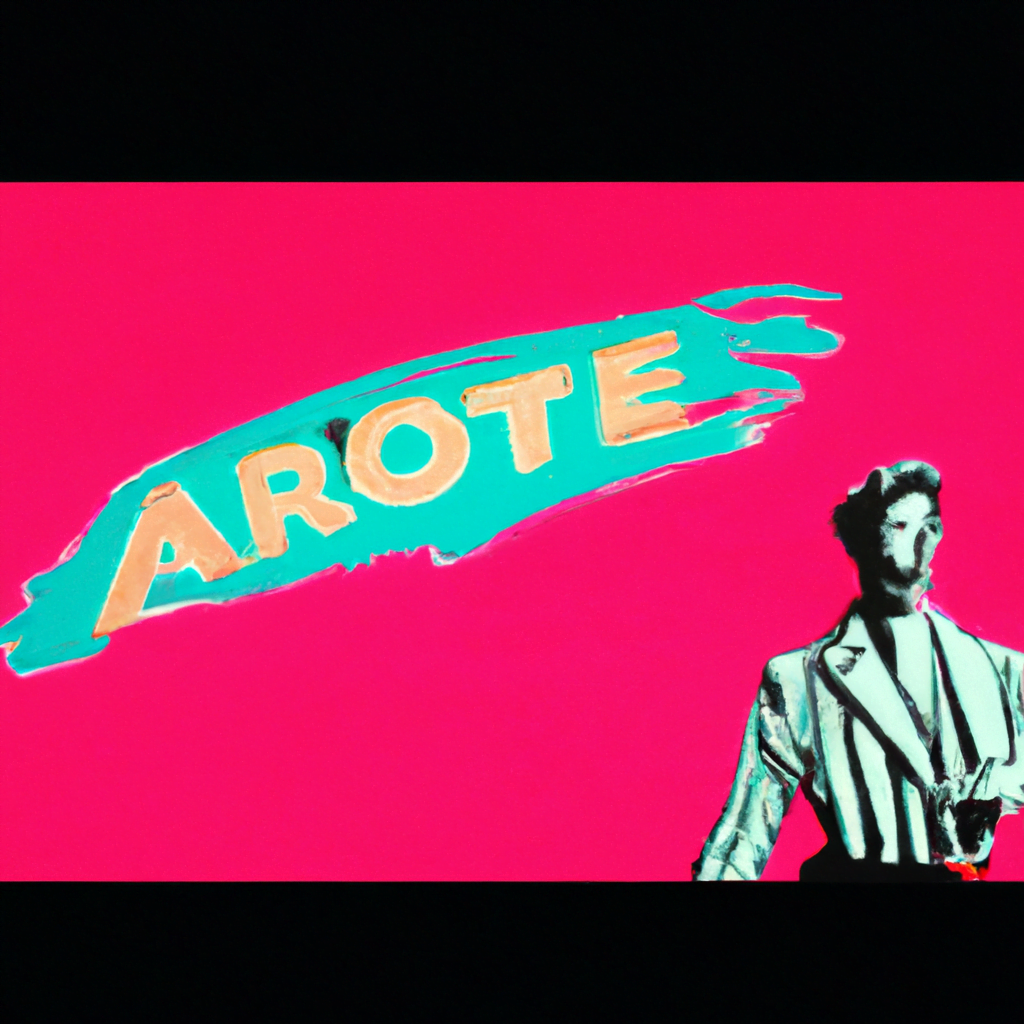Tips for Creating Illustrations with a Retro Aesthetic
Illustrations with a retro aesthetic have become increasingly popular in recent years. This nostalgic style can evoke feelings of nostalgia, charm, and a sense of the past. Whether you are a professional illustrator or a hobbyist, creating illustrations with a retro aesthetic can be a fun and rewarding experience. In this article, we will explore some tips and techniques to help you achieve that retro look in your illustrations.
1. Study Retro Art Styles
Before diving into creating retro illustrations, it is essential to study and understand the different art styles from the past. Take the time to research and explore various retro art movements such as Art Deco, Mid-Century Modern, Pop Art, and Psychedelic Art. Each of these styles has its unique characteristics, color palettes, and design elements that can inspire your illustrations.
For example, Art Deco is known for its geometric shapes, bold lines, and luxurious color schemes. Mid-Century Modern, on the other hand, focuses on clean lines, organic shapes, and vibrant colors. By studying these styles, you can gain a deeper understanding of the visual language and techniques used in retro art, which will help you create more authentic illustrations.
2. Choose the Right Color Palette
Color plays a crucial role in creating a retro aesthetic. Retro illustrations often feature bold and vibrant color schemes that reflect the time period they are inspired by. When choosing colors for your illustrations, consider using colors that were popular during the era you are referencing.
For example, if you are aiming for a 1950s retro aesthetic, pastel colors like mint green, baby blue, and pale pink can be a great choice. On the other hand, if you are going for a 1980s retro look, neon colors like hot pink, electric blue, and bright yellow can be more appropriate.
Additionally, consider using color combinations that were commonly used in retro art. For example, complementary colors (colors opposite each other on the color wheel) were often used in Art Deco illustrations to create contrast and visual interest.
3. Incorporate Retro Design Elements
Retro illustrations often feature specific design elements that are characteristic of the time period they represent. By incorporating these elements into your illustrations, you can enhance the retro aesthetic and make your artwork more authentic.
Some common retro design elements include:
- Geometric shapes: Retro art often features geometric shapes such as circles, squares, and triangles. These shapes can be used as backgrounds, borders, or as part of the main subject in your illustrations.
- Patterns: Retro patterns like polka dots, stripes, and chevron can add a vintage touch to your illustrations. Consider using these patterns as backgrounds or clothing patterns for your characters.
- Typography: Retro typography is often bold, playful, and expressive. Experiment with different retro-inspired fonts to add a nostalgic feel to your illustrations.
- Textures: Adding textures to your illustrations can give them a vintage look and feel. Consider using textures like grain, noise, or halftone patterns to add depth and character to your artwork.
4. Use Authentic Brushes and Tools
Using authentic brushes and tools can help you achieve a more genuine retro look in your illustrations. Many retro art styles were created using traditional mediums like ink, markers, and paint. By using digital brushes that mimic these traditional tools, you can recreate the textures and effects that were commonly seen in retro art.
There are many digital brushes available that replicate the look of ink, watercolor, or marker strokes. Experiment with different brushes and find ones that suit your style and the retro aesthetic you are aiming for.
5. Pay Attention to Composition
Composition is an essential aspect of any illustration, and it becomes even more critical when creating retro-inspired artwork. Retro illustrations often have a strong sense of balance and symmetry, with elements carefully arranged within the composition.
Consider using the rule of thirds or the golden ratio to create a visually pleasing composition. These compositional techniques can help you create a sense of harmony and balance in your illustrations.
6. Experiment with Filters and Effects
Applying filters and effects to your illustrations can help enhance the retro aesthetic and give them a vintage look. Experiment with different filters and effects in your digital art software to achieve the desired retro effect.
For example, you can try adding a sepia or vintage film effect to your illustrations to give them an aged appearance. Adding noise or grain can also help create a vintage feel. However, be careful not to overdo it; subtlety is key when using filters and effects.
7. Draw Inspiration from Retro Advertisements and Posters
Retro advertisements and posters are a great source of inspiration for creating illustrations with a retro aesthetic. These vintage designs often feature bold colors, eye-catching typography, and unique illustrations.
Take the time to study retro advertisements and posters from different eras. Pay attention to the composition, color schemes, and design elements used in these designs. Drawing inspiration from these vintage pieces can help you create illustrations that capture the essence of the past.
Summary
Creating illustrations with a retro aesthetic can be a fun and rewarding experience. By studying retro art styles, choosing the right color palette, incorporating retro design elements, using authentic brushes and tools, paying attention to composition, experimenting with filters and effects, and drawing inspiration from retro advertisements and posters, you can create illustrations that evoke a sense of nostalgia and charm.
Remember, practice makes perfect. Don’t be afraid to experiment and try different techniques to find your unique retro style. With time and dedication, you can master the art of creating illustrations with a retro aesthetic and create artwork that stands out.
